The debate over peeing in the shower continues, with many advocating for the practice due to its water-saving benefits. However, Dr. Alicia Jeffrey-Thomas, a pelvic health specialist, warns that for those assigned female at birth, this habit could have unintended health consequences.
The Water Conservation Argument
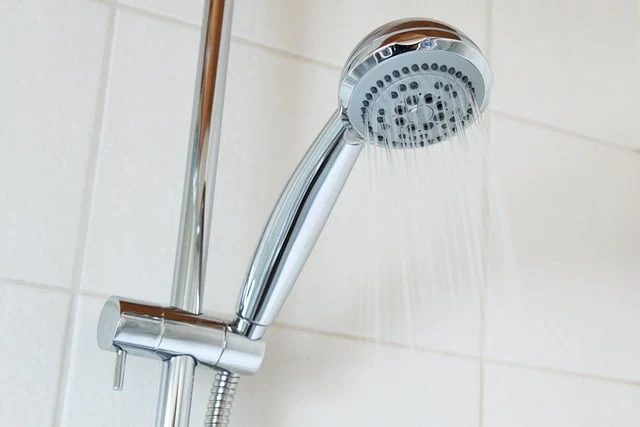
One of the strongest arguments for urinating in the shower is its potential to save water. By eliminating the need for a separate toilet flush, a person could save approximately 2,190 liters (579 gallons) of water per year. If the entire U.S. population adopted this practice, it could lead to an annual water savings of 699 billion liters (185 billion gallons). This significant reduction in water consumption highlights the environmental advantages of shower urination.
Potential Health Risks: The Pelvic Floor Connection
Despite the environmental benefits, the potential health consequences of this habit must be considered. Dr. Jeffrey-Thomas explains in a TikTok video that regularly peeing in the shower may lead to pelvic floor and bladder control issues.
The Pavlovian Response
Dr. Jeffrey-Thomas likens this habit to Pavlov’s classical conditioning experiment, where dogs learned to associate the sound of a bell with food. Similarly, repeatedly urinating in the shower can train the brain to link the sound of running water with the urge to pee. This association may result in involuntary urination triggered by running water sounds, such as a faucet, toilet flush, or even rain.
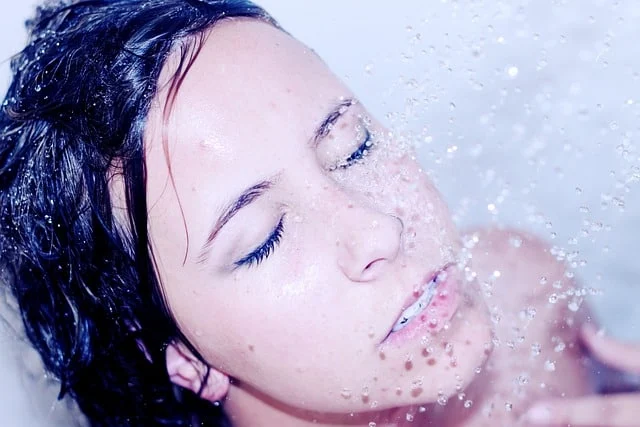
Pelvic Floor Dysfunction Risks
For individuals with existing pelvic floor dysfunction, this learned association can exacerbate bladder control problems. Dr. Jeffrey-Thomas explains that urinating while standing in the shower does not allow the pelvic floor muscles to fully relax, potentially leading to incomplete bladder emptying. Over time, this can contribute to urinary retention and increase the risk of urinary tract infections (UTIs).
Some argue that squatting while urinating in the shower might alleviate pelvic floor strain. Dr. Jeffrey-Thomas acknowledges that a full squat position allows for better pelvic floor relaxation, but she still advises against making shower urination a habit. If one must urinate in the shower, a proper squatting position is preferable to standing.
Why Doesn’t Toilet Flushing Trigger the Same Response?
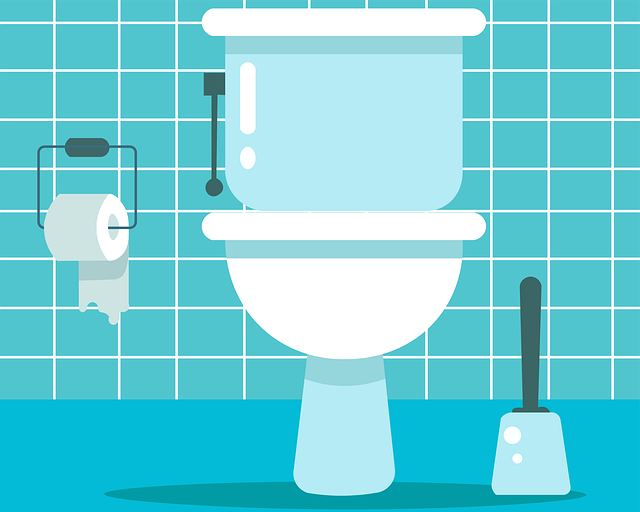
A common question is why flushing the toilet doesn’t condition the brain in the same way. Dr. Jeffrey-Thomas clarifies that by the time a person flushes the toilet, they have already urinated, so no association is formed. However, individuals who struggle to resist the urge to urinate when exposed to running water may already have underlying bladder control issues.
Understanding Pelvic Floor Dysfunction
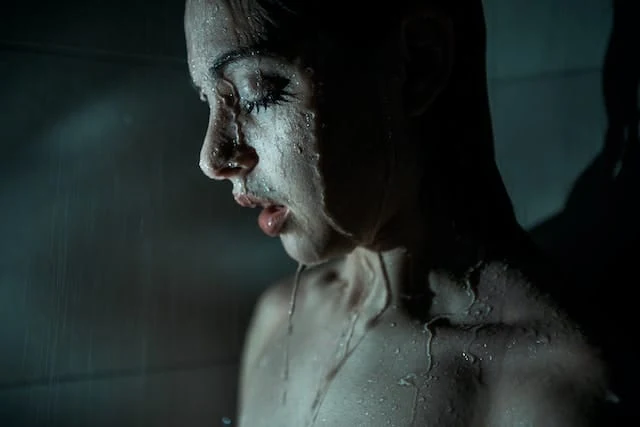
Pelvic floor dysfunction is a common condition, particularly among women. The pelvic floor is a group of muscles that support the bladder, uterus, rectum, and other organs. Dysfunction occurs when these muscles become too weak or too tight, leading to symptoms such as:
- Urinary and bowel incontinence
- Lower back pain
- Pain during intercourse
- Increased urgency or frequency of urination
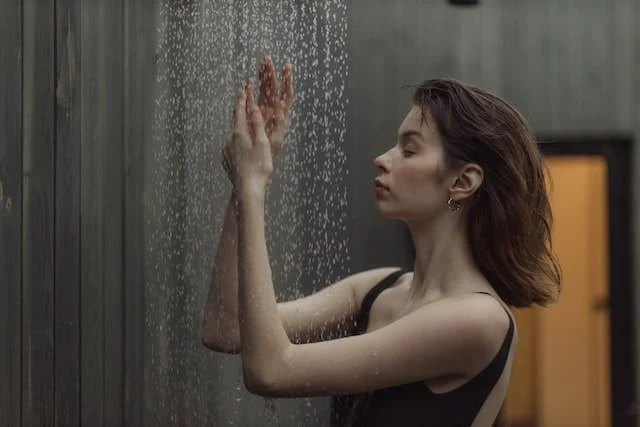
Factors such as childbirth, surgery, aging, obesity, and high-impact activities can contribute to pelvic floor dysfunction. Given that urinating in the shower might worsen symptoms, individuals should be aware of these risks before adopting the habit.
The Biological Factor: Why Female Anatomy Matters
Dr. Jeffrey-Thomas emphasizes that those with female anatomy are not designed to urinate while standing. Unlike male anatomy, where the positioning allows for better bladder emptying while standing, females may struggle to fully relax the pelvic floor in this position. This can lead to incomplete bladder emptying, increasing the risk of UTIs and other urinary complications.
Pros and Cons of Peeing in the Shower

Pros:
- Water conservation: Reduces toilet water usage significantly.
- Convenience: Saves time, particularly during a rushed morning routine.
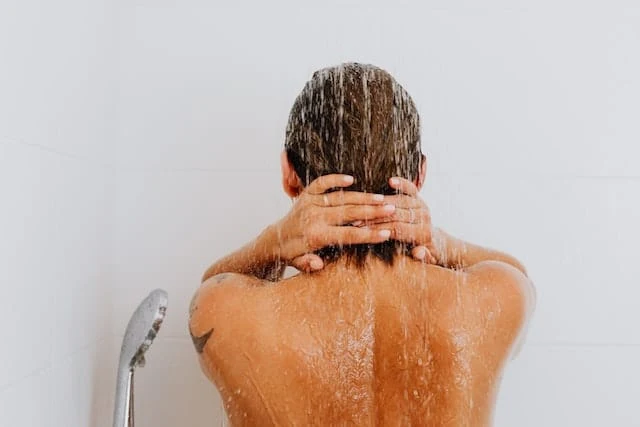
Cons:
- Pelvic floor health risks: May contribute to bladder control issues and pelvic dysfunction.
- Conditioned response: Can create an involuntary urge to urinate when exposed to running water.
- Sanitation concerns: While urine is mostly sterile, it can still contain bacteria that may pose hygiene risks.
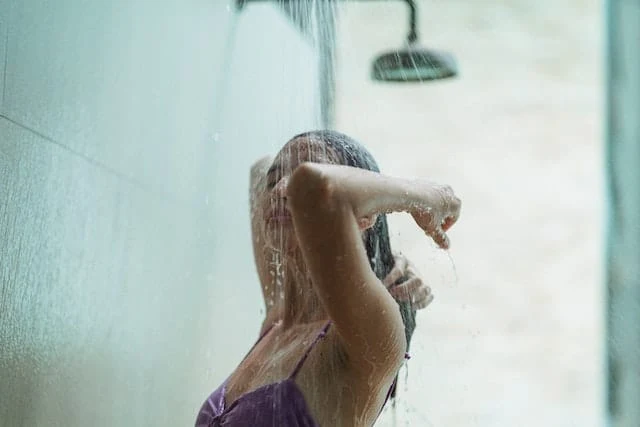
The Bottom Line
While peeing in the shower may seem like an eco-friendly and convenient habit, it is important to weigh the potential health risks. Dr. Alicia Jeffrey-Thomas’s insights serve as a reminder to consider the long-term effects of our daily routines. Striving for sustainability should not come at the cost of personal health. Ultimately, making an informed decision based on both environmental and health factors is key to maintaining overall well-being.
Solve the Enigma: Are You Able to Recognize Which Team is Standing?
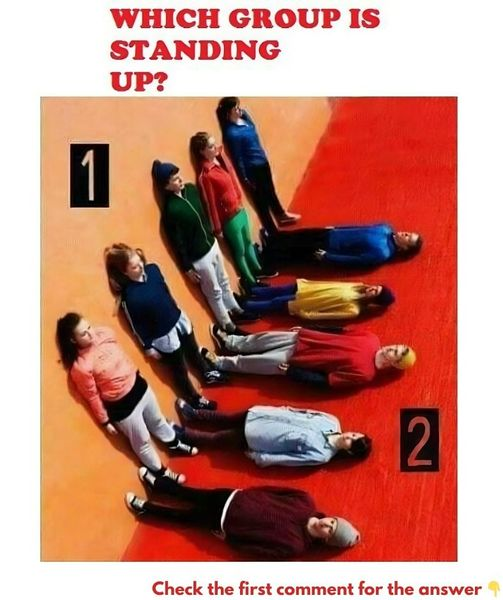
Brain teasers are more than just fun puzzles; they challenge your thinking, stretch your imagination, and often test your ability to observe the smallest details. Today, we’re diving into a clever riddle that will make you pause and think: “Which team is standing?” At first glance, it might seem simple, but as with many great brain teasers, the answer lies in the details.

Understanding the Brain Teaser
Let’s break down the puzzle before jumping to conclusions. The teaser presents two teams, and your task is to figure out which team is standing. Here’s the twist: it’s not about their physical posture or the obvious position of their bodies. The clue lies in a subtle detail that many may overlook—the girls’ hair.
Observing the Key Detail – The Hair
In this brain teaser, the critical observation centers around the girls’ hair. At first, you might think, “How could hair reveal whether someone is standing or lying down?” But it’s all about physics and gravity. When someone stands upright, their hair falls naturally due to gravity. However, when someone lies down, especially if their hair is loose, it tends to spread out or rest differently than when they’re standing.
The Difference Between Team 1 and Team 2
Now, look closer at the two teams:
- Team 1: The girls’ hair appears loose and spread out. If you think about how hair behaves when lying down, it tends to fall backward or spread out to the sides, which is exactly what’s happening with Team 1.
- Team 2: The girls’ hair is neatly falling downwards, as it would if they were standing up. This suggests that Team 2 is in an upright position, while Team 1 is lying down.
Answer to the Brain Teaser: Team 2 is Standing
So, after carefully considering the evidence, the answer to the brain teaser is clear: Team 2 is standing. The girls’ hair is the giveaway detail—gravity pulls their hair down naturally, confirming their upright posture. Meanwhile, the loose, spread-out hair of Team 1 proves that they are lying down.
Why This Brain Teaser Is So Clever
What makes this brain teaser so clever is its simplicity and reliance on a small but significant detail. Often, when faced with puzzles, we search for complicated answers or overthink the situation. However, in this case, the answer was always in plain sight, hiding in a basic observation about how hair behaves in different positions.
Brain teasers like this one are great exercises in attention to detail, critical thinking, and the ability to look beyond the obvious. They remind us that sometimes, the simplest clues can lead to the correct answer.
The Power of Observation in Brain Teasers
Observation is one of the most powerful tools when it comes to solving brain teasers. In this puzzle, it wasn’t enough to just look at the teams as a whole. The difference was subtle, requiring a closer inspection of the girls’ hair to unlock the answer.
Much like in real life, paying attention to the small details often helps us solve larger problems. Whether you’re working on a complex project, facing a tricky situation, or even trying to figure out the answer to a riddle like this, careful observation can be the key to success.
Why Brain Teasers Are Great for the Mind
Solving brain teasers like this one isn’t just a fun way to pass the time—it’s a great workout for your brain! Engaging in puzzles and riddles helps sharpen your cognitive skills, improve memory, and enhance problem-solving abilities. It’s like giving your brain a little boost of energy. Plus, brain teasers often encourage creative thinking, pushing you to look at problems from different angles, just like this one did.
Conclusion
In this clever brain teaser, the answer was hidden in plain sight, nestled in the subtle difference in how the girls’ hair behaved. Team 2 is standing, and the loose hair of Team 1 proves that they’re lying down. This riddle reminds us that sometimes, the smallest details can reveal the biggest answers. By honing our observation skills and keeping our minds sharp with puzzles like these, we can approach both everyday problems and complex challenges with a fresh perspective. So next time you’re faced with a tricky question, remember to look beyond the obvious—just like you did with this brain teaser!



Leave a Reply